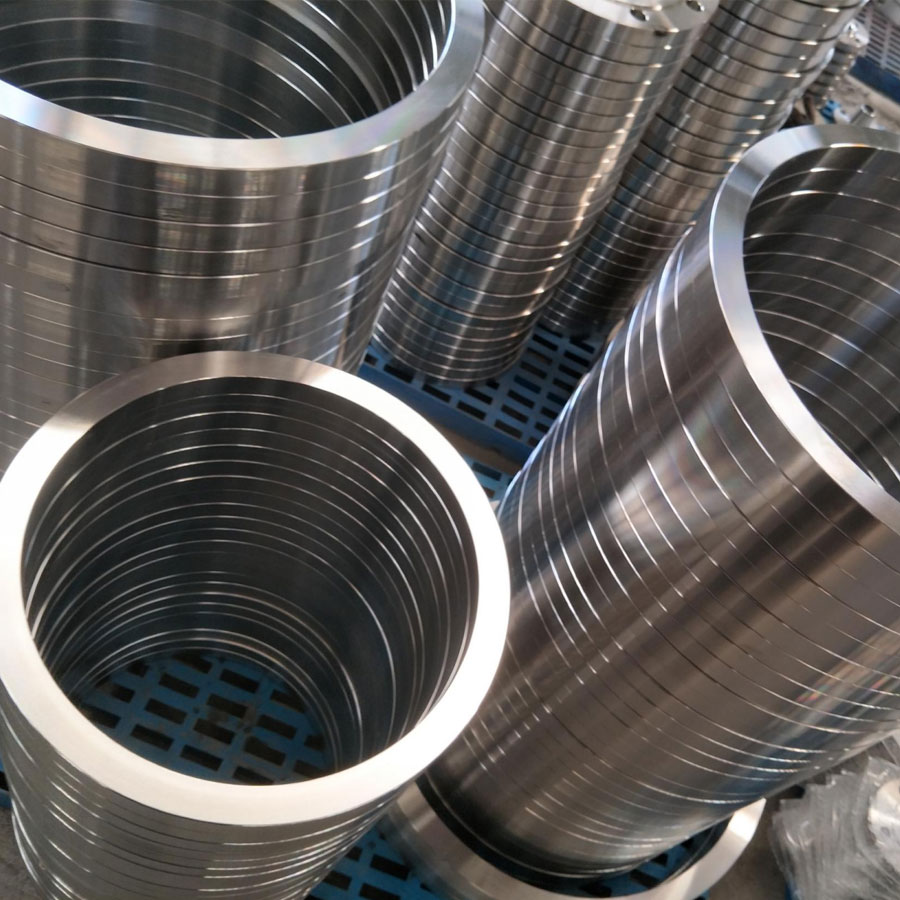Technical Definition
Weld-On Collar Plate Flanges (Type 32 per EN 1092-1:2018 / DIN 2643) feature an integral raised collar engineered for direct butt-welding to pipes. This design eliminates stress concentration at the weld joints, providing superior leak-tight performance in pressurized systems.
Key Engineering Features
✅ Structural Integrity
– Collar height (5-8mm, DN-dependent) enables full-penetration butt welding
– Optimized for stress distribution vs. Slip-On flanges
✅ Zero-Gap Interface
– Collar-to-pipe weld prevents crevice corrosion
– Inner bore alignment minimizes turbulence
✅ Pressure Resilience
– Rated for PN6 to PN40 (standard pressure classes)
– Suitable for cyclic loading at ≤80% of yield strength
✅ Material Compatibility
– Standard grades: P235GH (1.0345), P265GH (1.0425), 316L (1.4404)
– Optional: Duplex 1.4462, Alloy 625 (2.4856)
Technical Specifications
| Parameter | Specification |
| Standard | EN 1092-1:2018 Type 32 / DIN 2643 |
| Pressure Ratings | PN6, PN10, PN16, PN25, PN40 |
| Face Types | RF (Raised Face), FF (Flat Face) |
| Dimensions | Compliant with Table 9 (EN 1092-1) |
| Min. Wall Thickness | SCH 10S to SCH 160 (ASME correl.) |
| Welding Prep | Beveled pipe (ISO 9692-1:2013 Type BE) |
| NDE Options | PT/MT Standard |
Performance Advantages vs. Alternatives
| Characteristic | Type 32 Collar Plate | Slip-On Flange |
| Weld Type | Butt weld (Groove Weld) | Fillet weld |
| Fatigue Life | >100,000 cycles (PN16) | <50,000 cycles |
| Max Tempreture (CS) | 425°C | 370°C |
| Bore Alignment tolerance | ±0.2mm | ±1.0mm |
Application Engineering
► Critical Service: Steam condensate lines, compressor discharge
► Corrosion Control: Chemical dosing systems, seawater cooling
► Economic Solutions: Non-cyclic PN40 systems (40% cost saving vs. Weld Neck)
► Retrofit Use: Pipe-to-flange connections where end prep is impractical
